Not all flowers or ornamental plants are suitable for display in the house, especially for those with small children. Below are 7 types of plants that should not be grown in the house that you should pay attention to:
Lily flower plant
The name lily sounds very elegant and graceful, but few people know that this beautiful flower contains calcium oxalate crystals, which can cause unpleasant symptoms if children accidentally eat it or if the liquid from the flower comes into contact with the skin.
Hyacinth
According to an article in Lao Dong Newspaper, the bedroom is not suitable for placing hyacinths or other plants that emit scents at night. These plants will produce scent particles that stimulate the senses strongly, which is extremely dangerous for people with high blood pressure and heart disease.
Likewise, plants with a scent like cypress should not be placed in the bedroom, because the scent of the oil can easily make people feel nauseous. Placing these plants in the room for a long time will not only affect people's health, but also lead to bad luck.
Three-sided cactus
The three-sided cactus is poisonous (especially the white resin in the whole plant). This is mentioned in many medical works in our country such as "Medicinal plants and herbs of Vietnam", "Medicinal plants and medicinal animals in Vietnam"...
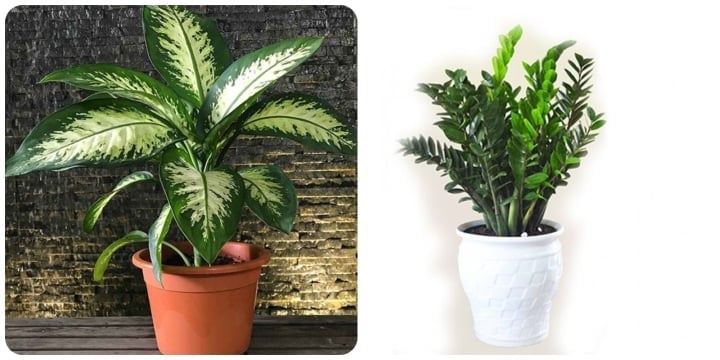
7 types of plants that should not be grown indoors
According to Dr. Vu, the three-sided cactus is a medicinal plant with many effects such as cleansing, antibacterial, anti-inflammatory... but this type should only be used externally and as prescribed. Medical studies emphasize that inexperienced people should not use this plant.
"Even when used topically, the resin in the three-sided cactus can cause irritation, damage the skin's mucous membranes (in cases of thin skin, scratched skin...) and cause burning, blistering, redness... If it accidentally gets into the eyes, the resin can also cause blindness," the doctor emphasized.
Cactus
Euphorbia milii, also known as the Euphorbia milii, is a flowering plant in the Euphorbiaceae family, native to Madagascar.
The tree has many species, colors (green, reddish brown, purple, ...), latex and thorns all over the trunk. These sharp thorns can prick your hands and cause scratches if you are not careful.
"The latex of the tree will burn your hands when in contact. People who grow the tree need to wear gloves carefully and wash their hands thoroughly if they accidentally come into contact with it. Families with small children should especially avoid growing this tree," Dr. Vu advised.
Anthurium
The whole plant of Anthurium contains the toxins Calcium oxalate and Asparagine. Normally, these substances do not affect us.
However, if you have small children or pets in the house, you need to be careful when planting because if they eat any part of the plant, it will cause burning in the throat, stomach and intestines. If crushed leaves or flowers stick to the skin, it will easily cause rashes and blisters.
Money
Vietnamnet newspaper quoted Associate Professor Tran Hong Con - Faculty of Chemistry, University of Natural Sciences as saying that many ornamental plants kept in the home are poisonous and accidentally eating them can cause poisoning. Money tree - an ornamental plant kept in the home is considered a feng shui plant but Associate Professor Con said it is poisonous.
The stems and leaves of the money tree contain calcium oxalate crystals. This substance has the effect of absorbing toxic gases in the air but is harmful to human health. This substance in the money tree irritates sensitive skin areas, the tongue mucosa, lips, throat mucous membranes or the conjunctiva of the eyes.
Children playing and eating the leaves of the money tree or accidentally getting the sap on their skin or mucous membranes can cause itching and burning in the mouth, leading to inflammation and suffocation.
Dieffenbachia
According to Associate Professor Hong Kong, not only the money tree is poisonous, but other indoor plants are also poisonous, such as the Dieffenbachia. Dieffenbachia is grown in many families or as a decorative plant.
However, in this plant, two types of toxins, andromedotoxin and arbutin glucoside, in all parts of the dieffenbachia plant, when in contact with children's skin, can cause burns. More seriously, children who eat dieffenbachia leaves (the part containing the most toxins) can experience vomiting and convulsions.
Recently, a mother with a 4-year-old daughter had to post a warning on social media. The content of the warning was that the mother noticed her daughter running towards her, sobbing and unable to speak. The mother checked and found no bruises on her body. After being reassured by her mother, the daughter told her that she had bitten the leaves of a dieffenbachia plant.
Here are 7 types of plants that should not be grown indoors. If you have small children, consider displaying these plants in your home.
Thanh Thanh (Synthesis)
Source


![[Photo] Unique Phu Gia horse hat weaving craft](https://vphoto.vietnam.vn/thumb/1200x675/vietnam/resource/IMAGE/2025/10/10/1760084018320_ndo_br_01-jpg.webp)
![[Photo] Opening of the World Cultural Festival in Hanoi](https://vphoto.vietnam.vn/thumb/1200x675/vietnam/resource/IMAGE/2025/10/10/1760113426728_ndo_br_lehoi-khaimac-jpg.webp)
![[Photo] Ho Chi Minh City is brilliant with flags and flowers on the eve of the 1st Party Congress, term 2025-2030](https://vphoto.vietnam.vn/thumb/1200x675/vietnam/resource/IMAGE/2025/10/10/1760102923219_ndo_br_thiet-ke-chua-co-ten-43-png.webp)



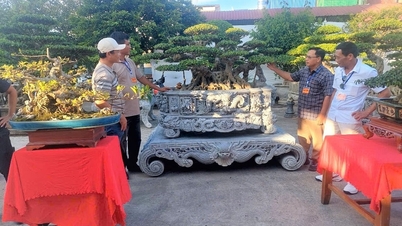

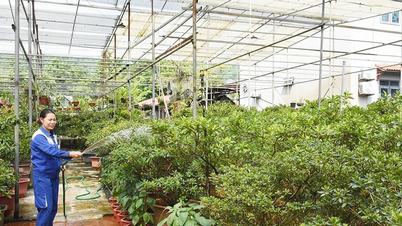






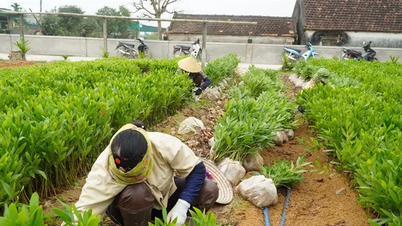

























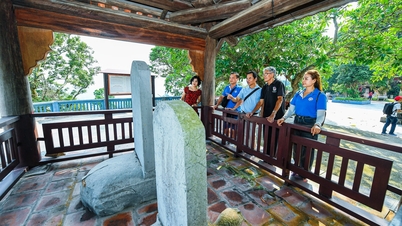









































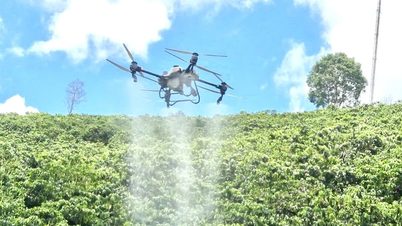



















Comment (0)